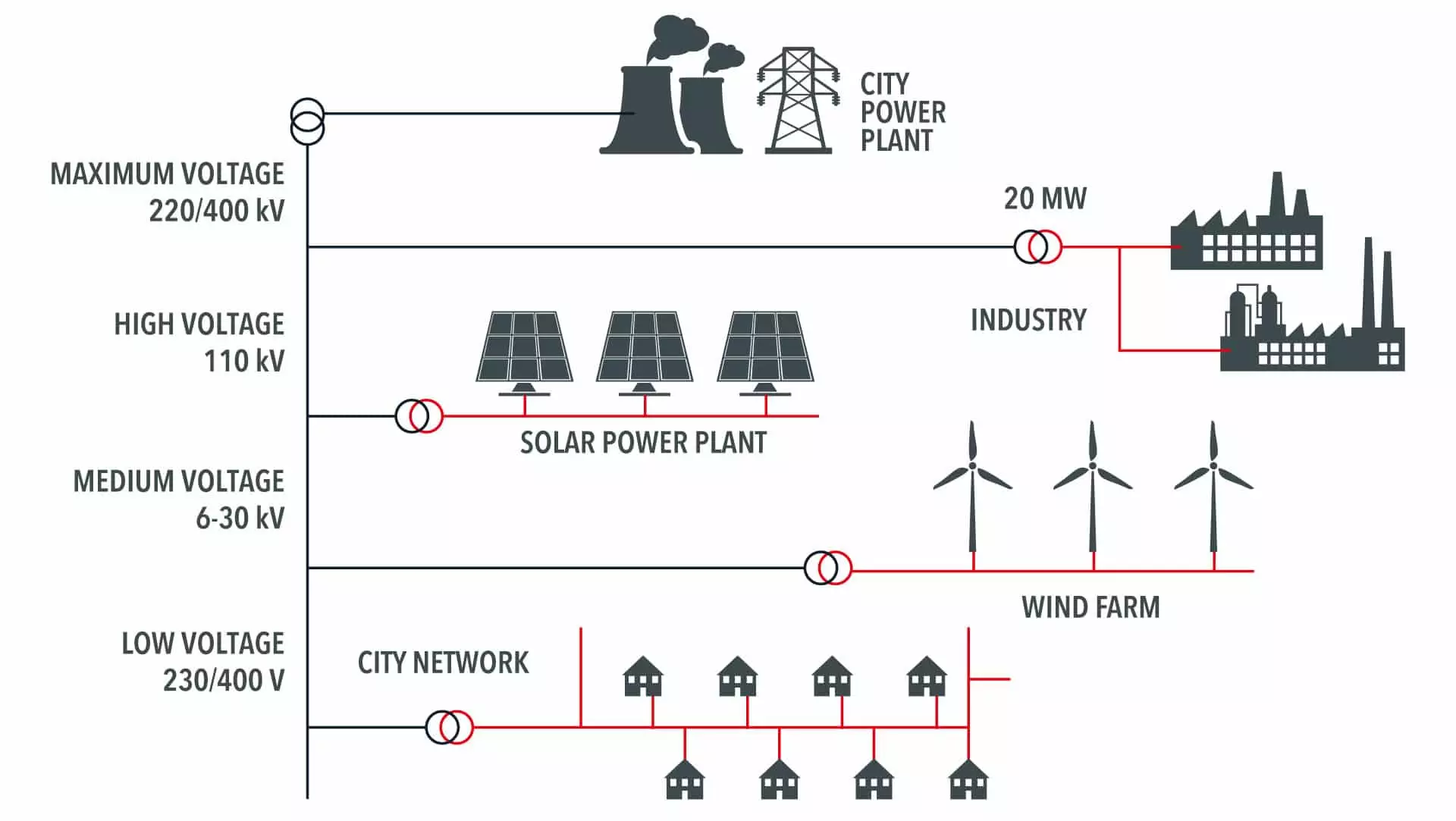IEC 61850 in Substation Automation
In future energy systems, renewable, decentralized energy suppliers will play an important role at any voltage levels. A high degree of automation is required to ensure reliability of supply and efficient operation. In order to stabilize the grid or to be able to react to fluctuating inputs, considerably more computing power must be integrated into 400kV substations and local network stations/transformer stations.
The basic prerequisites for a high degree of automation are a future-proof IT architecture in all parts of the power grid and a common “language” for all components of the power grid. This, together with some other advantages, is achieved by the IEC 61850 standard. Among other things, it defines
- The communication protocol and cross-manufacturer interoperability
- Ambient conditions such as temperature, electromagnetic compatibility and vibration
- Simplified, future-proof cabling of components in transformer stations
More topics
- Development timeline of transformer station equipment
- IEC 61850 Substation Architecur
- Communication protocols between the individual levels
- Advantages of the IEC 61850 standard – Why should you invest in an IEC 61850 substation?
- Control computers in substations – applications and virtualization
- IEC 61850-3 for control technology in Substations
- IEC 61850-3 – Communications Networks and Systems in Substations
- Ready for the intelligent utility networks of the future
- Operating Systems for Substation Computers – Standard versus Real-Time
- IEC 60870 vs. IEC 61850: Distinctions from IEC 60870-5-104/101 Protocol
Want to read more? Download below.

